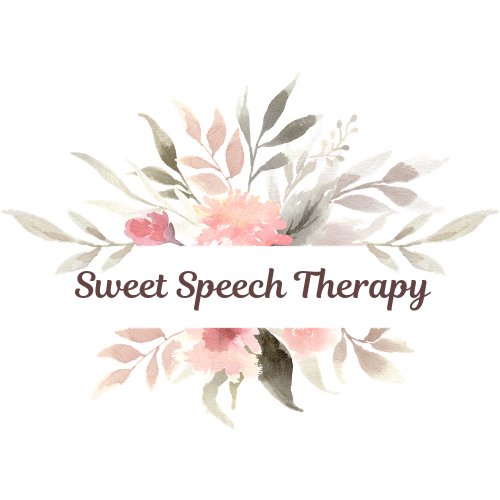ARTICULATION
Articulation is the way we move our mouth to make speech sounds in words, sentences and conversation.
Examples:
Frontal lisp (tongue between top and bottom teeth for “s” and “z”)
Lateral lisp (slushy sound when saying “s”, “z”, “sh”, “ch”, “j”)
Difficulty with the “r” sound
PHONOLOGY
During typical development, children simplify their speech in various ways as they learn to talk (phonological patterns). Speech-language pathologists determine if these simplifications are appropriate for a child’s age. If they persist past the expected age, intervention is recommended.
Examples of phonological speech errors:
“tar” for “car”
“pox” for “fox”
“wed” for “red”
Phonological awareness is a group of skills that predict reading and spelling success.
Examples:
Rhyming (e.g. “Do cat and hat rhyme?”)
Syllables (e.g. “Let’s count the syllables in cro-co-dile.”)
Sounds (e.g. “What sounds do you hear in “cat”? c-a-t.”)
MOTOR SPEECH / CHILDHOOD APRAXIA OF SPEECH
Individuals with a motor speech impairment (childhood apraxia of speech or “CAS”) have difficulty moving their jaw, lips, and tongue in the precise way required to say sounds and sequence them to form words. They know what they want to say, but their brains have difficulty sending the correct signal to their mouths. Therapy is focused on principles of motor learning in order to support accurate and consistent speech production.
Examples:
Says one word in many different ways
Says only a few sounds, errors when saying vowels (ee, oo, ah, etc.)
Prosody (the “melody” of speech) doesn’t sound right
STUTTERING
Stuttering arises when speech is interrupted by sound and word repetitions, sound prolongations or blocks in airflow. Some individuals will also have tension or challenging feelings about speaking due to their stutter. At Sweet Speech, our goal is to help individuals who stutter feel braver and more empowered when it comes to their speech along with providing strategies for smoother, more fluent speech if desired.
Examples:
Repetitions (e.g. “D-d-d-do you want some?”, “I-I-I-I went to school.”)
Prolongations (e.g. “Lllllllllllook at my toy.”)
Blocks (e.g. “I see a (pause) bird.”)





